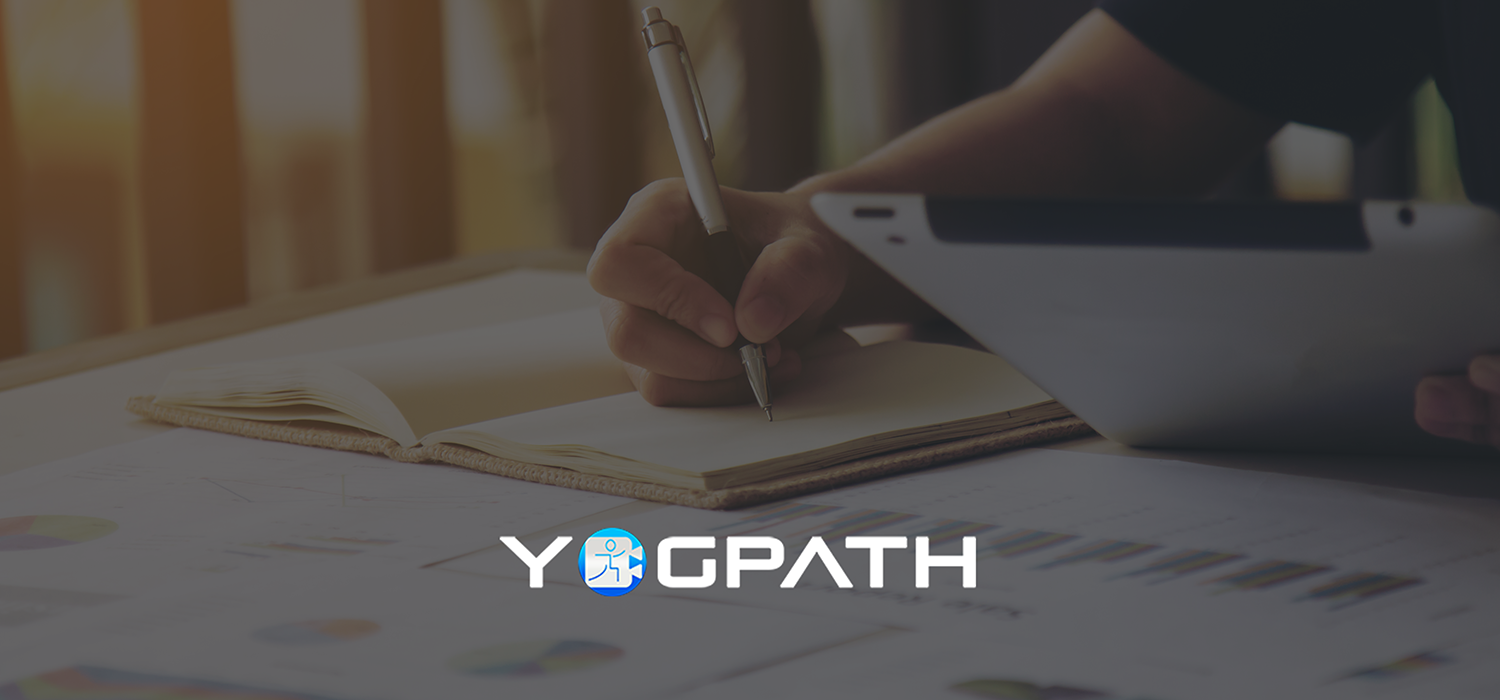
Yog asanas when your heart and hips are above your head are known as inversion yoga.
Many yoga practitioners typically view inverted postures as complex and beyond their reach, but with the appropriate information, even most beginners can successfully perform inverted postures. And, they also promise several physical and mental advantages that make them well worth the effort.
Inversion poses range from easy to difficult and you should choose an inversion pose based on your level of experience, strength, overall health, and history of injuries.
Here are yoga inversions to try:
- Adho Mukha Svanasana
Downward-facing dog targets the hamstrings, glutes, quadriceps, and upper back muscles.
- Begin by getting down on all fours, which means placing your hands and knees on the ground.
- Place your knees firmly behind your hips and your hands directly beneath your shoulders.
- Lift your pelvis toward the sky while straightening your legs and pressing down with your hands. Your heels might lift a little bit. The position of your body will resemble an upside-down “V.”
- Lengthen your spine, keep your legs slightly bent, and place your head between your shoulders with your back on the floor. Your upper back and hamstrings should feel slightly stretched.
- Make sure your weight is distributed uniformly throughout your body.
- Maintain for 30 to 60 seconds.
- Viparita Karani
Legs up the Wall is a simple asana that stretches the legs and eases lower back pain.
- Spread a towel in a folded position where the floor and the wall meet. Sit on the towel and lie on the floor with your legs up against the wall and your feet parallel to the floor.
- Make sure your tailbone is on the folded towel and your buttocks few inches from the wall.
- Keep your knees relaxed and maintain a light touch to the wall with your legs. You should feel a tiny stretch.
- Hold this posture for five to twenty minutes. Be aware to practise slow and regulated breathing during this period.
- Balasana
Child’s Pose is a basic, moderate posture that can encourage tranquillity and help to gradually stretch the spine, hips, shoulders, and neck.
- Start by getting down on all fours.
- Put your forehead on the floor while folding your chest over your knees, and sit back with your hips directed toward your heels.
- Put your palms down on the floor and extend your arms straight in front of you. Your back should start to gently stretch.
- Maintain this position for 30 to 60 seconds.
- Uttanasana
The Forward Fold Pose helps with hamstring, calf, and spine stretches.
- Start by standing with your feet hip-width apart and your arms at your sides. Then, raise your arms straight above your head.
- Gently bend at the hips while swinging your arms out to the sides.
- Use a yoga block or place the palms of your hands on the floor in front of your feet. Legs should remain straight, knees should be slightly bent, and hips should be in line with ankles.
- Weight should be on the balls of your feet as you slightly lean forward. To help your hamstrings stretch, try contracting your quads.
- Hold this position for 30 to 60 seconds.
- Prasarita Padottanasana
The wide-legged forward posture is great for strengthening your feet, ankles, and legs, extending your hamstrings, calves, and hips, and stretching your entire back.
- Start in the basic triangle position, with your legs wide and your ankles under your wrists. Your arms should be parallel to the floor and out to the sides.
- Next, rotate your toes so they are slightly pointing inward, and raise your hands to your waist or hips.
- When bending forward from the hips, keep your back straight and spine long and press into your heels and keep your shoulders back.
- Bring your palms to the mat as your head gets closer to the floor.
- The wrists should be in line with the heels as you slowly walk them back until they are beneath each hip.
- As you continue to fold forward, your head will eventually meet the mat.











